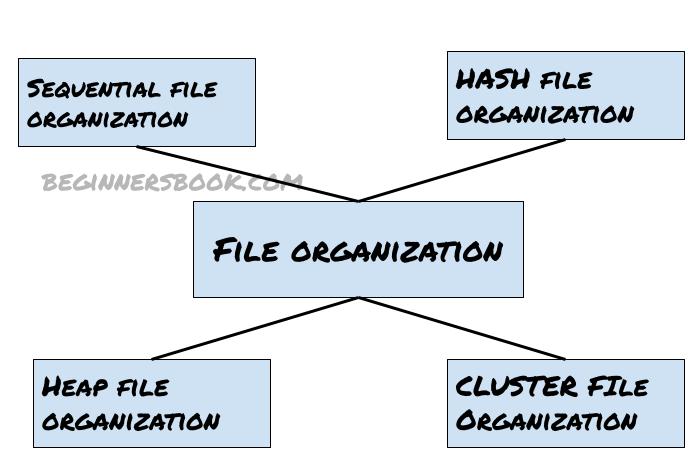In this article, you will learn what is file organization and what are benefits of doing it. We already know that data is stored in database, when we refer this data in terms of RDBMS we call it collection of inter-related tables. However in layman terms you can say that the data is stored in a physical memory in form of files.
File organization is a way of organizing the data in such way so that it is easier to insert, delete, modify and retrieve data from the files.
Purpose of File Organization
- File organization makes it easier & faster to perform operations (such as read, write, update, delete etc.) on data stored in files.
- Removes data redundancy. File organization make sure that the redundant and duplicate data gets removed. This alone saves the database from insert, update, delete operation errors which usually happen when duplicate data is present in database.
- It save storage cost. By organizing the data, the redundant data gets removed, which lowers the storage space required to store the data.
- Improves accuracy. When redundant data gets removed and the data is stored in efficient manner, the chances of data gets wrong and corrupted goes down.
Types of File Organization
There are various ways to organize the data. Every file organization method is different from each other, therefore each file organization method has its own advantages and disadvantages. It is upto the developer which method they choose in order to organize the data. Usually this decision is made based on what kind of data is present in database.
Types of file organization:
- Sequential File Organization
- Heap File Organization
- Hash File Organization
- B+ Tree File Organization
- Clustered File Organization
- Indexed sequential access method (ISAM)

Leave a Reply